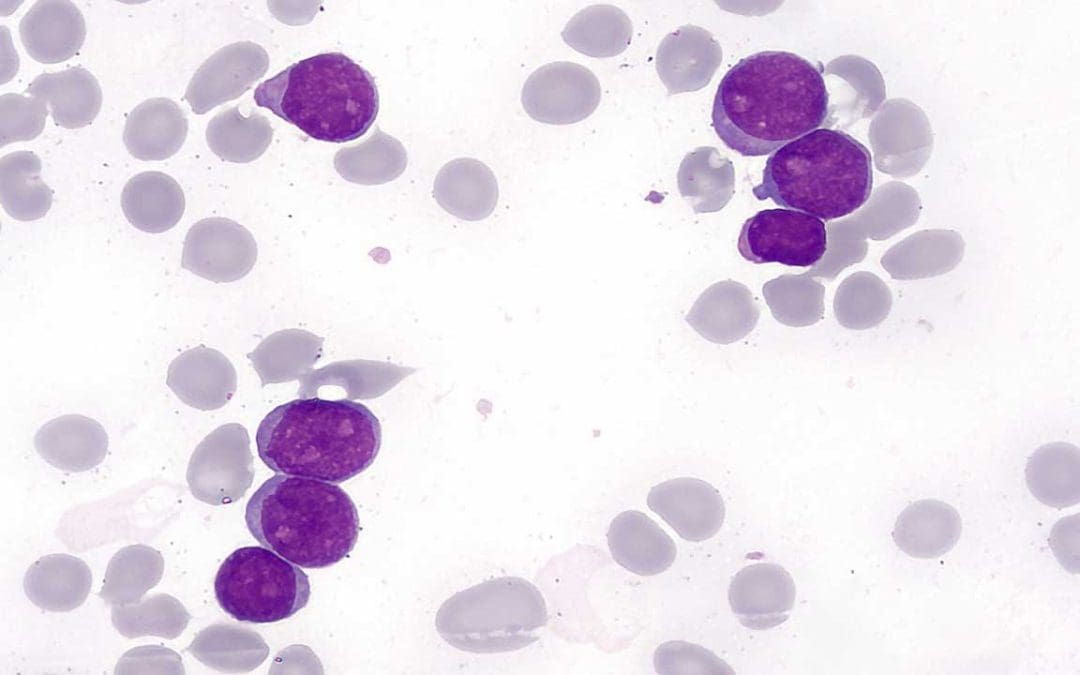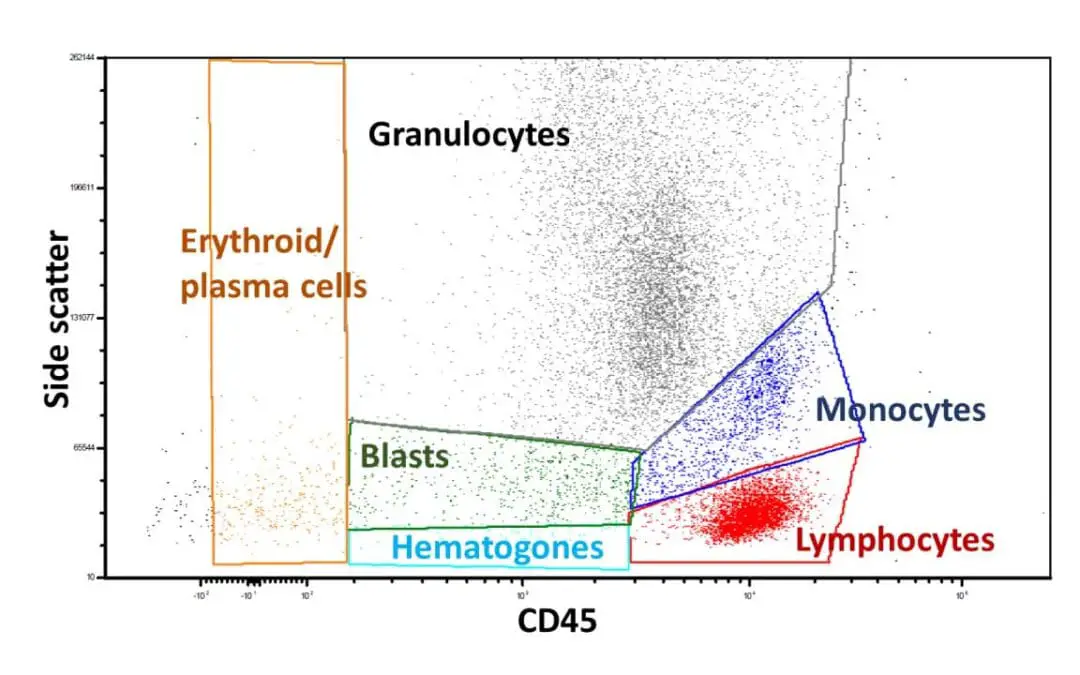
by MH Team | Feb 17, 2024 | Lab Protocols, Transfusion Medicine
Procedure At A Glance The purpose serologic cross-matching (blood compatibility test) is to detect ABO incompatibility and clinically significant antibodies in recipient serum/plasma against donor red blood cells. Immediate Spin (IS) Phase Add 2 drops of Recipient...

by MH Team | Feb 11, 2024 | Commentaries, general
What is hemato-oncology (blood cancer)? Hemato-oncology specifically combines areas of hematology and oncology to diagnose and manage cancers that develop in the blood cells, bone marrow, lymph nodes, and other blood-related organs. Hemato-oncology is a fascinating...

by MH Team | Feb 11, 2024 | Commentaries, general
What is hematopathology? Hemato-what? Ah, hematopathology! This exciting field bridges the gap between these two specialties. It combines the expertise of both hematology and pathology, focusing specifically on diseases and disorders affecting: Blood cells: Their...

by MH Team | Feb 10, 2024 | Lab Protocols, White Blood Cells
Introduction Immunophenotyping using flow cytometry is a powerful technique used to identify and characterize cells based on the specific proteins they express on their surface or within their cytoplasm. These proteins, called antigens, act as unique markers that...

by MH Team | Feb 1, 2024 | Lab Protocols
TL;DR Cell surface markers are indispensable in hematology, acting as unique “fingerprints” that allow for the precise identification, classification, and functional understanding of various blood cell types. For example, CD34 is a pivotal marker for...







Recent Comments